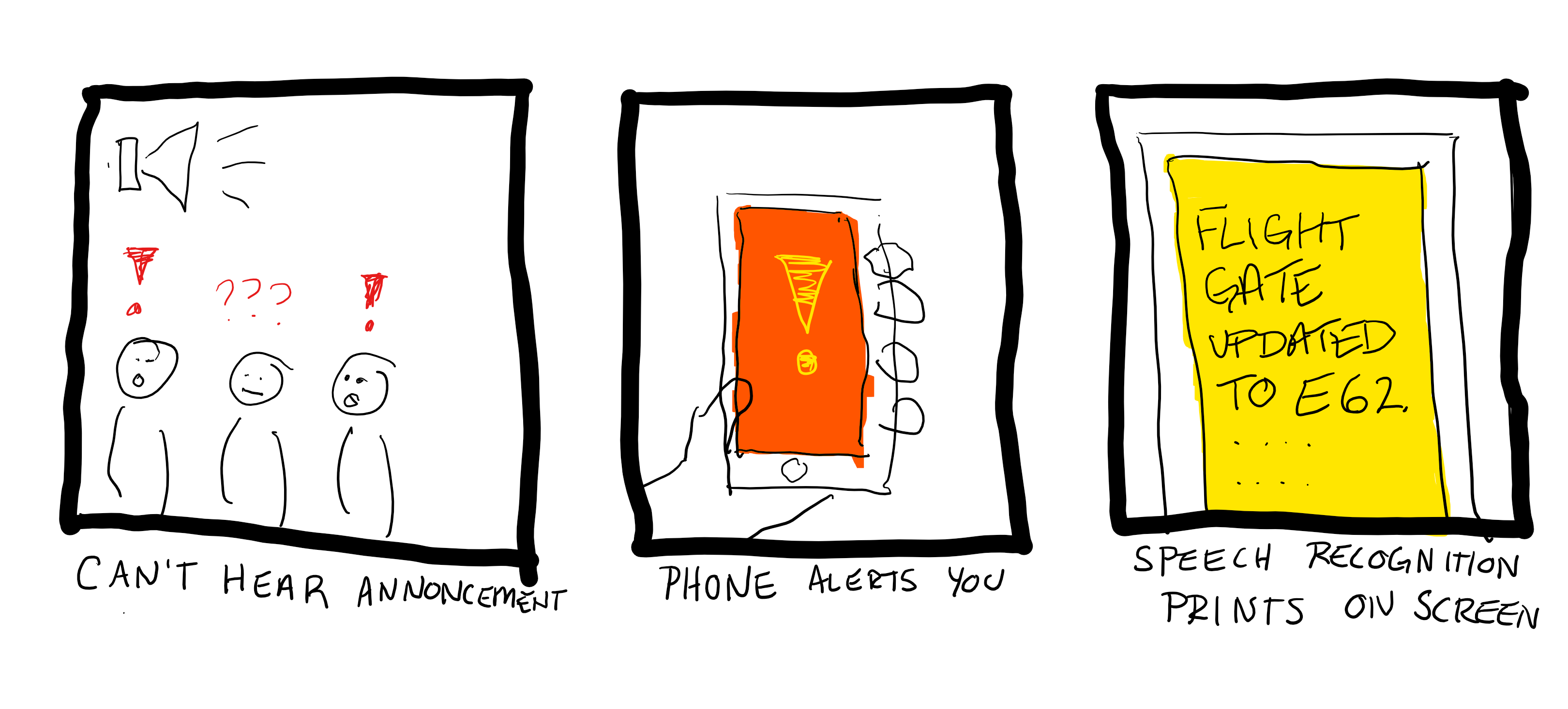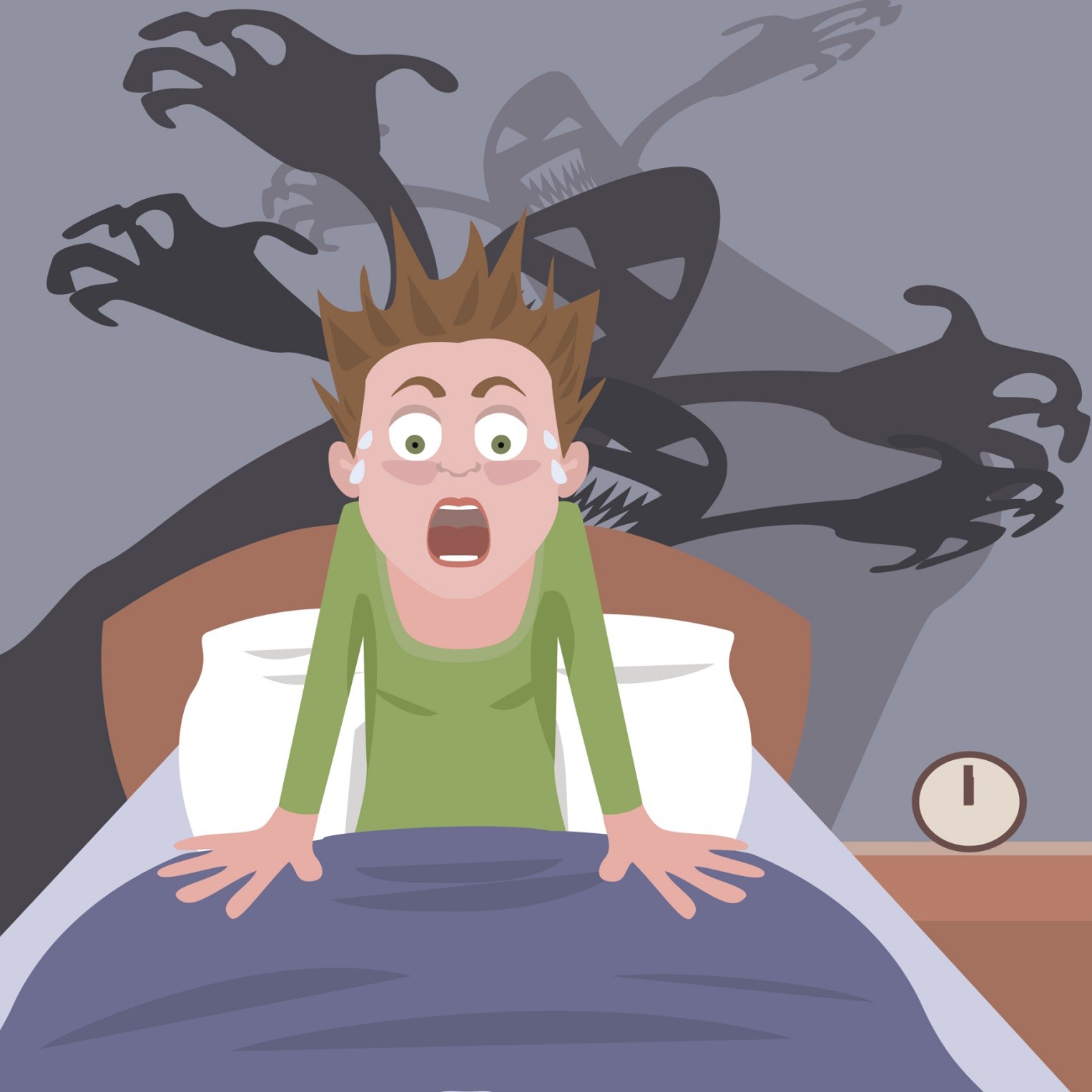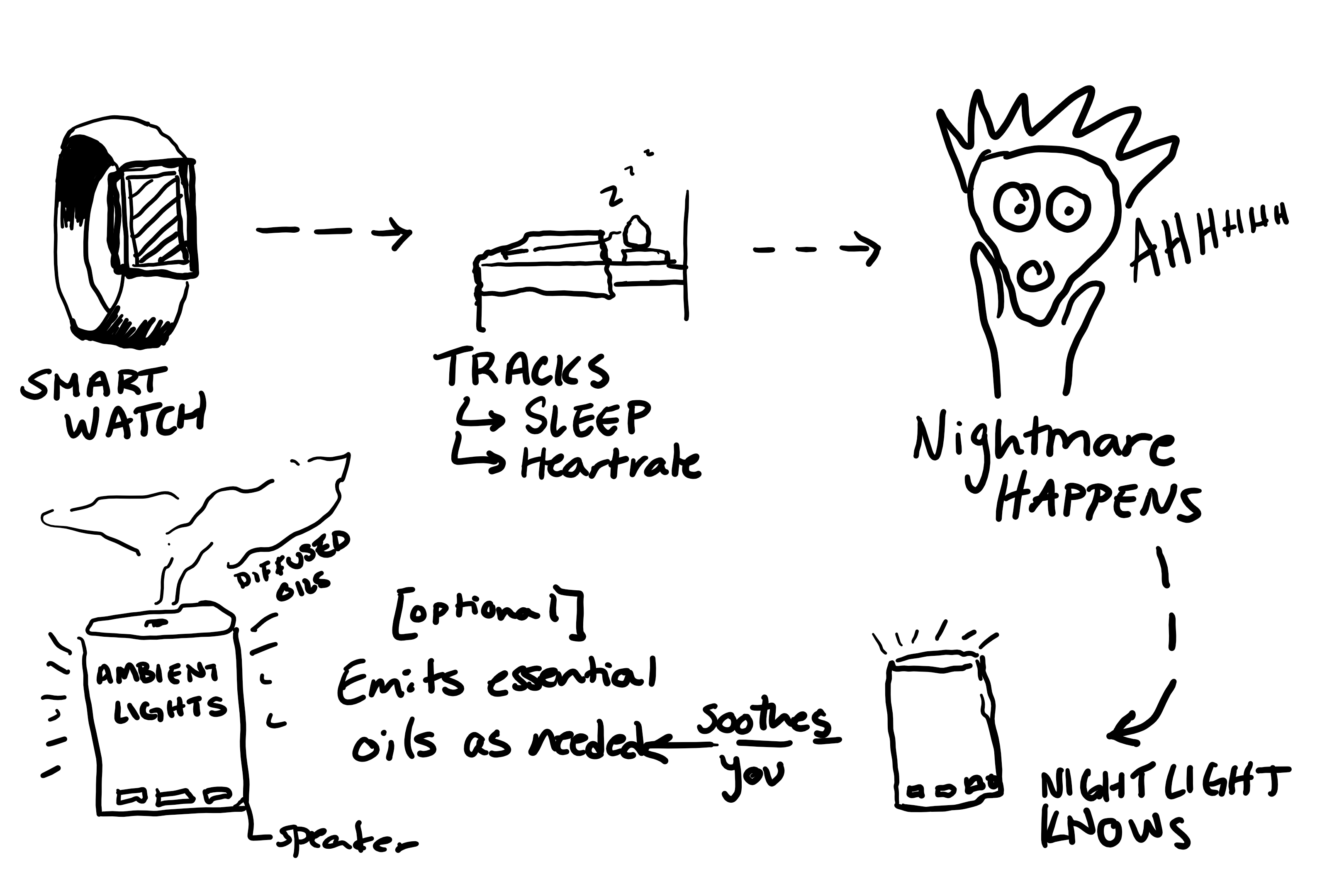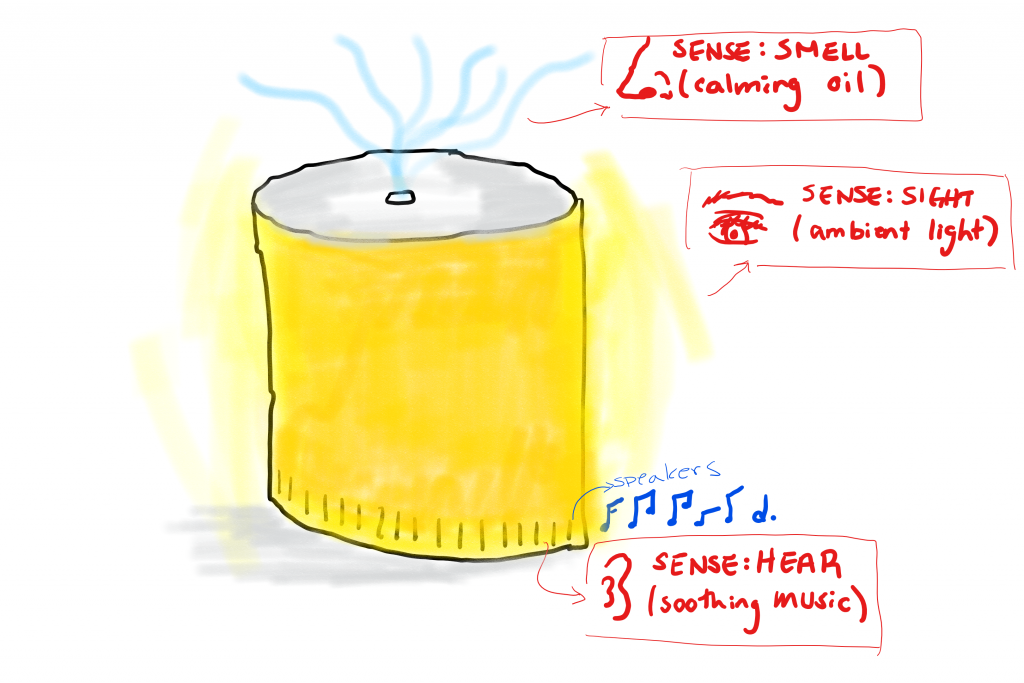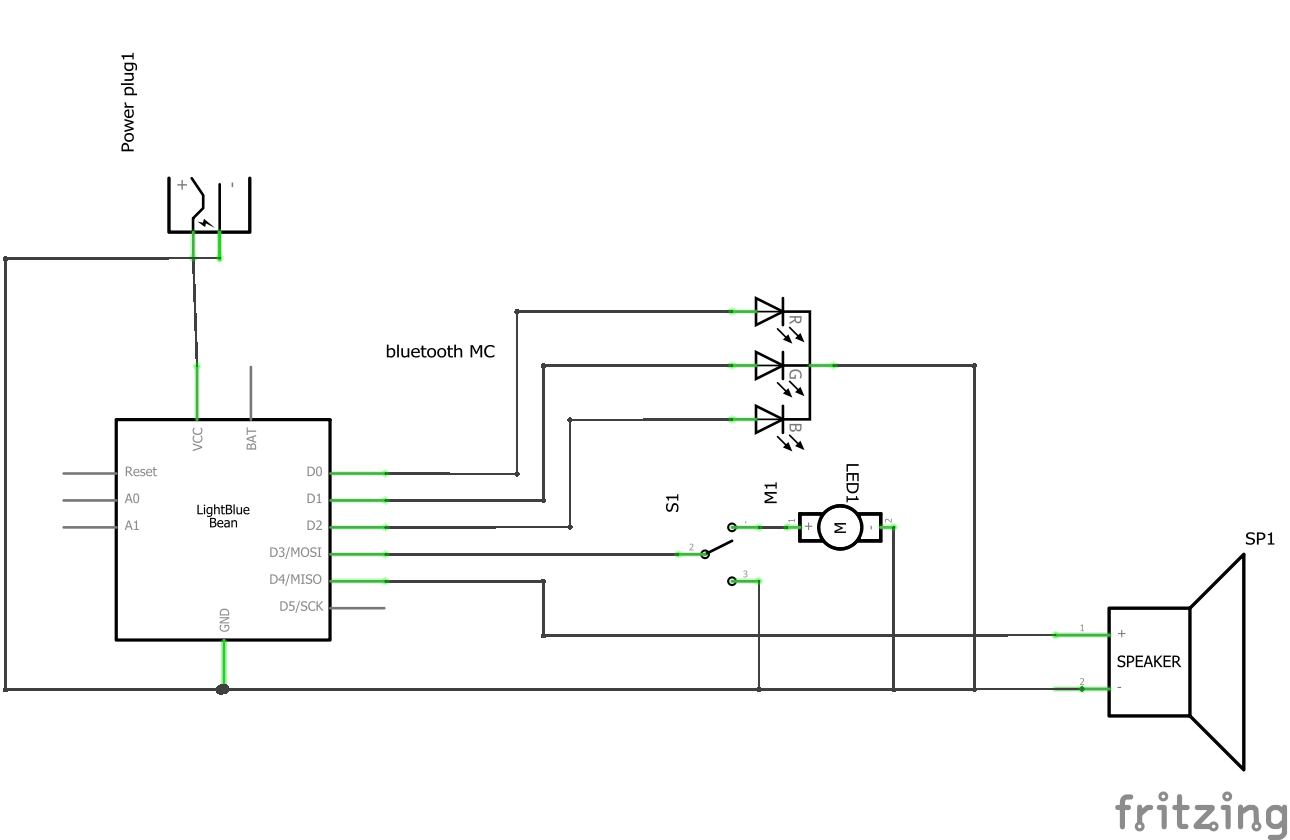Tom Igoe
I agree with most of what’s on the list. Although, I would say we shouldn’t automatically steer away from them. Yes, they are over-used in projects, but I think there is value to innovating on what’s there rather than reinventing the wheel and creating something completely new every time we set out to design a new project. I’m not saying copy them exactly, but there are things to be learned from these projects and maybe ways of thinking about them inventively.
Descendant
This is one of the most interesting readings I’ve read in a while. At first I thought the narrator was the human, but towards the end I couldn’t tell who was the human and who was the suit. The emotions that were perceived as human were also felt by the suit, for example, he kept the body in him “for sentimental reasons”.
A quote that stood out to me was “We don’t need the machines, anymore that then need us. We just think we need them. They don’t matter.” It made me think of how we try to convince ourselves we are not reliant on machines and the “we can stop whenever we can” mentality. Obviously, the protagonist wouldn’t have survived without the suit, but somehow psychologically he was starting to believe that the suit was not real and that it is not important. Honestly, this whole reading made me think a lot about our psychology and how we think, especially our inner dialogues, and our mental relationship with technology.
Background
I am a fifth year Bachelor of Architecture student here at CMU, pursuing ideate minors in Intelligent Environments and Physical Computing.
DIGITAL SKILLS
Modeling & Drafting (Revit, Rhino 3D, AutoCAD, SketchUp)
Communication (Photoshop, Illustrator, InDesign, Movie Making, Microsoft Office, V Ray Rendering)
Scripting (Grasshopper, Arduino, Touch Designer, p5.js)
ANALOG SKILLS
Curation, Drafting, Drawing, Woodworking, Model Making, Casting, Painting, Sewing, Crocheting, Knitting, Scratch Art, Stenciling, & Electrical Circuit Building. Basically I love being creative and working with my hands.
- performance skills
- I love music, I used to play over 7 instruments, but now I can only play 5 of them: piano, guitar, drums, percussion in general and the ukulele.
- work with disability
- everyday.. whether with myself or others.
- javascript / p5.js
- CAD software
- proficient in 2D and 3D CAD
- digital fabrication – laser cutters, 3d printers, mills
- I am proficient in digital fabrication skills, I love working with my hands and I love working on my computer, so it’s a win-win.
I want to dedicate my life to positive social impact, whether through design, built structures, art or providing a necessary service to fulfill that. The way I see it— I have been given an immense privilege to still be alive and have access to this top-line education. It is my duty to share that privilege with others, after all, I only got to where I am today because of others’ empowerment of me.
Ultimately, I aspire to communicate in a way that changes how people think about immigration, refugees, displaced and marginalized people through strategic spatial and artistic interventions.
I am very passionate about working with refugees and displaced people. Coming from the Middle East, I am also passionate about women’s rights and women empowerment. I try to let these passions seep into my work.

